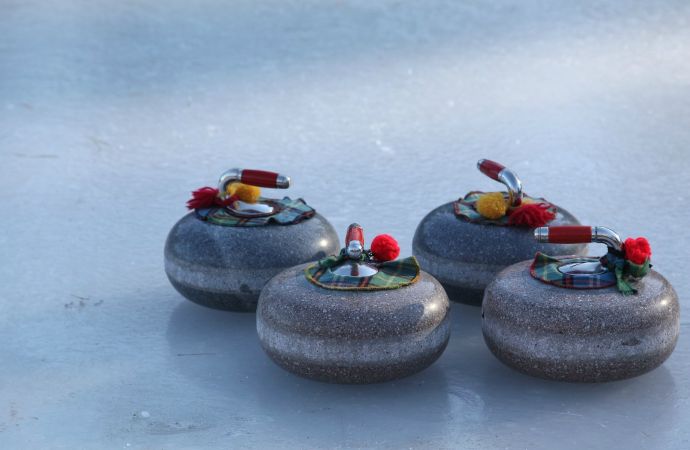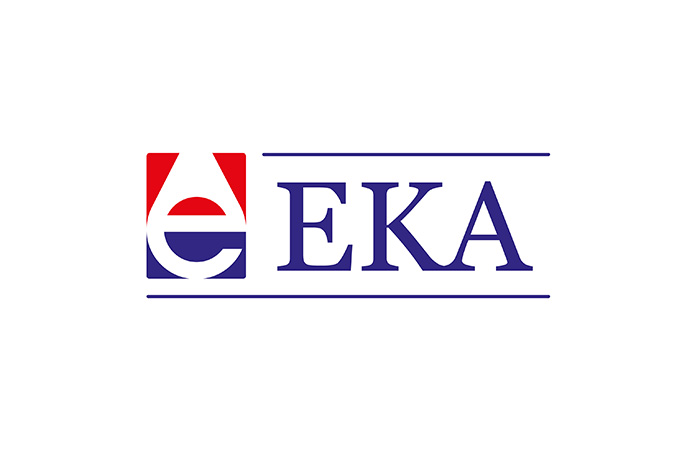The lifecycle cost performance of CO2 ice rinks outperforms that of HFC-based rinks, according to research presented by EKA at Gustav Lorentzen.

The lifecycle cost performance of CO2 ice rinks outperforms that of HFC-based rinks, according to research presented by ice arena specialists EKA (Energi & Kylanalys) at last week’s Gustav Lorentzen conference.
“Refrigeration systems based on CO2 with optimised heat recovery seem to have a competitive advantage in ice rinks,” said Cajus Grönqvist, presenting a research paper comparing different system builds and different refrigerants.
The paper, authored by Grönqvist and his colleague Jörgen Rogstam, sought to develop an lifecycle cost analysis model that is effective and capable of producing reliable results when comparing refrigeration systems in ice rinks.
Heat recovery 'greatest source' of lower energy consumption
The authors compared a CO2-based system fitted with heat export function to various other system builds in existing cases in Sweden, including ammonia and HFCs.
“The greatest source for lower energy consumption in ice rinks lies in the utilisation of an optimised heat recovery system,” states the paper, which demonstrates that CO2 has very good properties in terms of heat recovery compared to ammonia, for example.
“By adding heat reclaim and using the heat for an adjacent swimming pool, for example, the business case for switching to a CO2 ice rink is compelling” in terms of the saving on total lifecycle costs, Grönqvist explained in Valencia.
“The properties of CO2 allow some ice rinks to become self-sufficient on renewed heat,” he added.
CO2-based systems should be considered when renovating or building new ice rinks.”
– C. Grönqvist, J. Rogstam; GL 2018 paper
Heat export strategy
Legislation provides another motivation to switch from HFC ice rinks to CO2. The EU F-Gas Regulation is progressively phasing down HFCs with certain GWPs in a variety of applications.
“Many ice rinks must be renovated, because R22 and R404A no longer fulfill the GWP requirements of the EU F-Gas Regulation,” Grönqvist said.
The paper asserts that the financial benefits of CO2 technology, mainly due to its low service costs and the refrigerant’s excellent heat recovery properties, “can potentially be maximised with a well-utilised heat export strategy”.
It concludes: “CO2-based systems should be considered when renovating or building new ice rinks, but the financial performance of a refrigeration system in an ice rink can and should only be determined on a case context level.”
The 13th IIR Gustav Lorentzen Conference on Natural Refrigerants took place at the Polytechnic University of Valencia on 18-20 June.
Related stories



